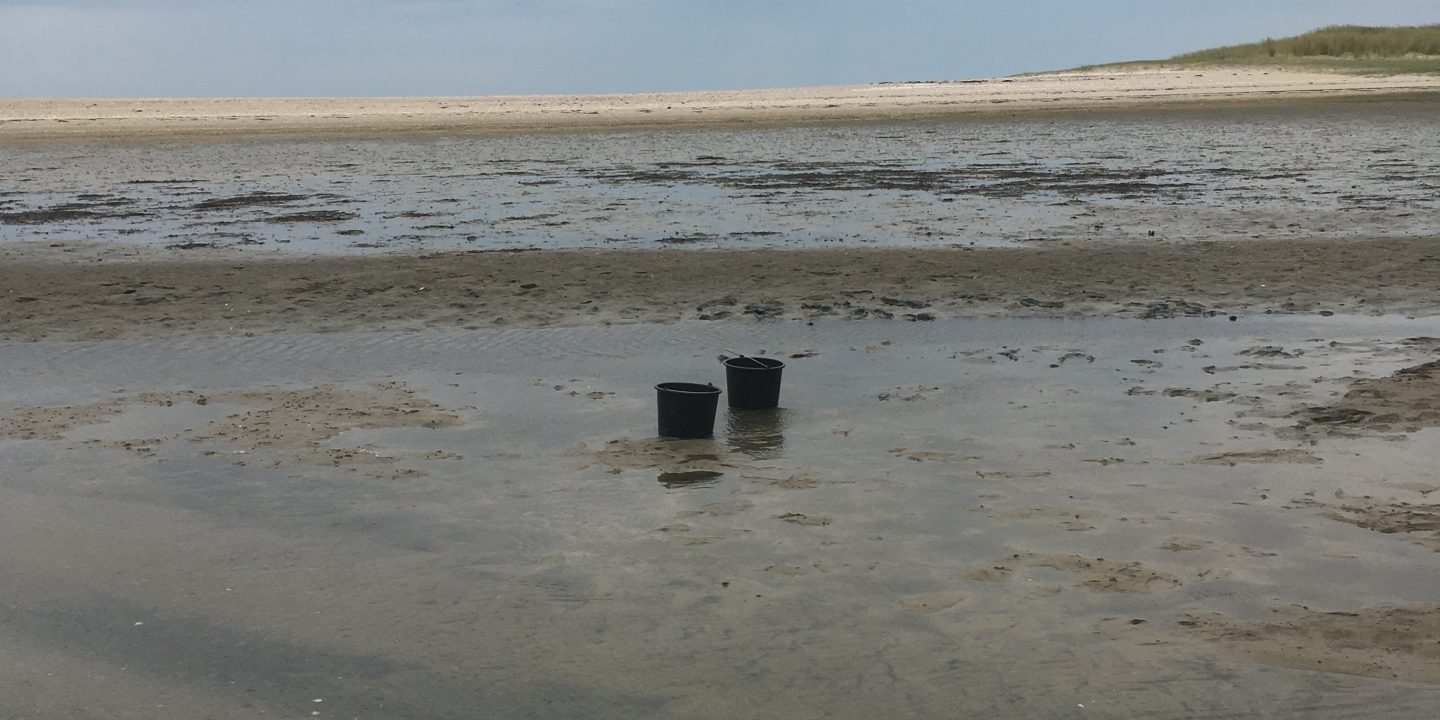For today’s advent calendar, I want to talk about my favourite organisms, the protists. In one of my last years advent calendar posts, I talked about their diversity and importance for ecosystem functioning and, therefore, felt like introducing this recent paper by Perrin & Dorrel (2024) fits the continuum. In this paper, the authors thoroughly review why these single-celled organisms are so important for global ecosystem funtioning and outline the challenges of predicting protist species resilience and fragility to climate change. And by the way, this paper also makes use of the amazing illustrations published in the paper I introduced in the post last year (see figure below)!

Protists are everywhere from deep seas to mountain tops, and both taxonomically and functionally highly diverse. While we know a lot about certain groups (e.g. economically important parasites), many groups reamain enigmatic. Therefore, their functions and impact on ecosystem level are also not well understood. Luckily, many of these understudied and unknown groups have began to attract researchers interest in recent years. However, with ever increasing human-induced climate change and ecological crisis threathening the biodiversity on Earth, protists included, we might lose a lot of diversity that we did not know of, not to mention the important roles they have on their habitats.
To be able to predict the effects of climate change on protist diversity, the authors emphasize the importance of both laboratory experiments as well as observational fieldwork (e.g. metagenomics). With sampling from the environment we can understand where the protists are, how diverse they are taxonomically and functionally and how they can respond to changes in the environment. Laboratory experiments on the other hand can help us gain more detailed information on protist biology and for example their thermal tolerance ranges better than field work alone.
Protist groups that are facing the biggest threaths from the environmental changes of the Anthroposcene are those we do not know of. These groups include many species that live as commensals or endosymbionts of other animals. The species that are dependent on others as their habitats could be particularly threathened to be lost together with their hosts. We need more studies on protist abundance and seasonality in the wild to be able to conserve their diversity and concequently, their importance to the planet Earth.
The authors finish their comprehensive review on quite a clever note; how can protistologists work to reduce the carbon footprint of their research? This is something all scientists should be thinking about. We should aim to use our research resources on more sustainable ways by, for example, reducing single-use plastics, using most up-to-date softwares for bioinformatics to reduce computational requirements and practicing sustainable methods in fieldwork. The first step would be to recognize one’s own carbon footprint and the authors encourage all scientists to do so — after all, we who study the life on Earth should also be the first ones to act in its favor. Like protists themselves, even the smallest of actions for more sustainable research matter!
![]()
